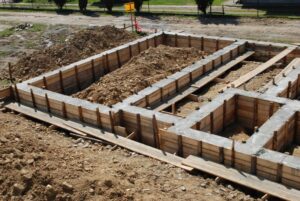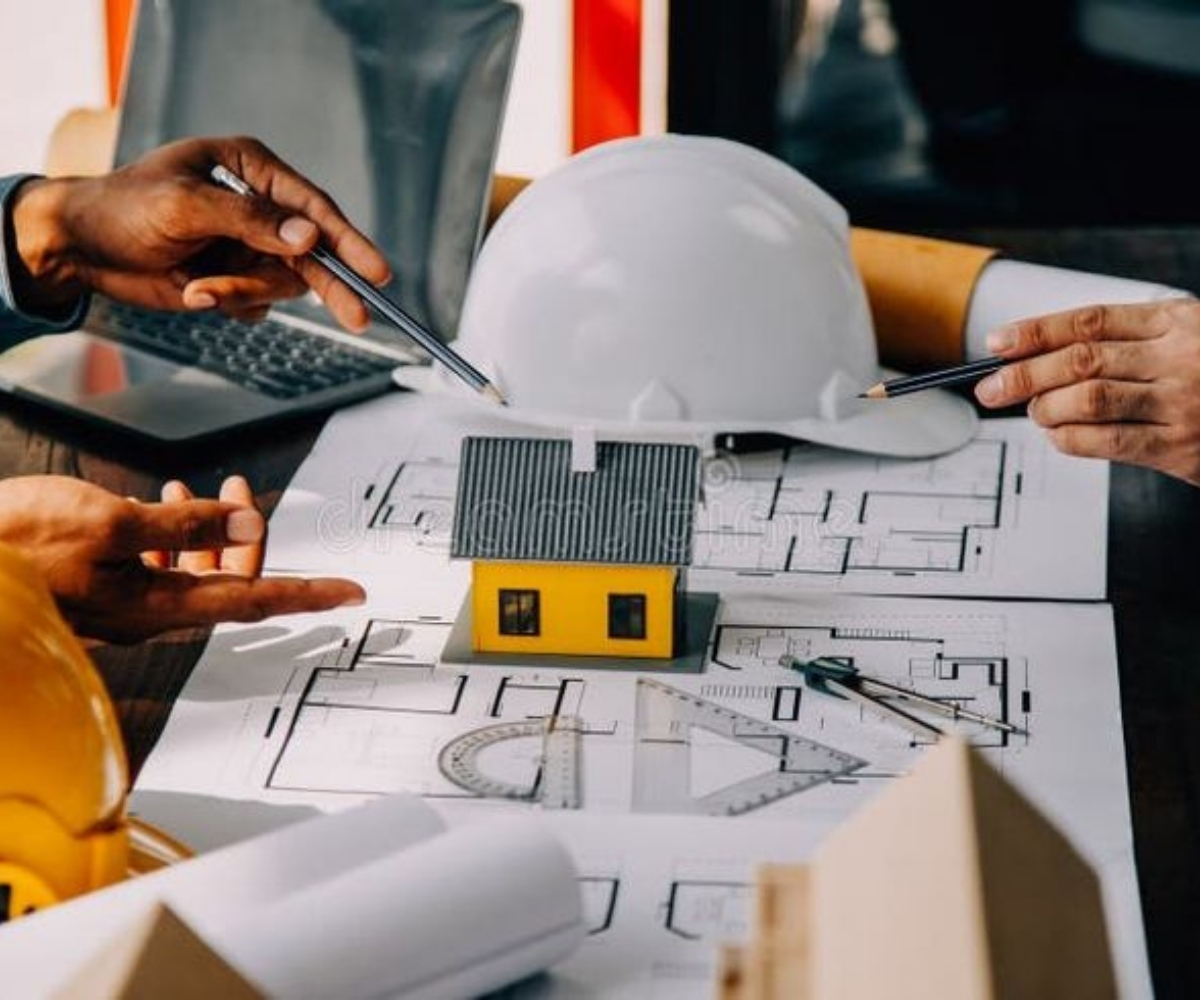Understanding Pier Foundations: Types, Applications, and Installation
Every construction project demands a solid foundation to ensure stability, safety, and durability. Among the various types of foundations, pier foundations serve as a reliable deep foundation system for situations where surface soils are not strong enough to support loads effectively. This article explores the essentials of pier foundations, including their definition, classifications, advantages, challenges, construction techniques, and use cases.
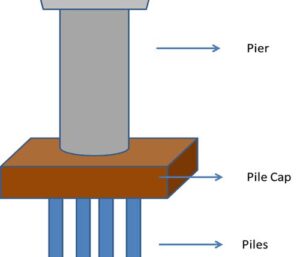
What Is a Pier Foundation?
A pier foundation is a deep foundation system involving vertical columns (piers) driven or drilled deep into the ground to transfer building loads to stable soil or rock layers beneath. These piers are usually spaced at intervals and act as individual structural supports. This type of foundation is especially useful for uneven terrain, expansive soils, or flood-prone zones.
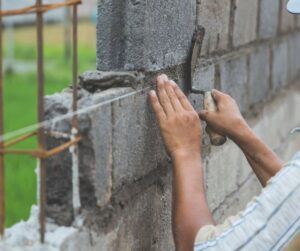
Types of Pier Foundations
Each pier type varies in material and construction method. Selection depends on load-bearing needs, soil type, and construction environment.
1. Masonry Piers
Constructed using bricks, stones, or concrete blocks—sometimes reinforced with steel. Common in low-rise buildings.
2. Concrete Piers
Reinforced concrete piers offer high strength and durability. Ideal for permanent structures needing robust support.
3. Drilled Caissons
Also known as drilled piers, these are deep, cast-in-place concrete supports used in large buildings and bridge projects.
4. Timber Piers
Made from treated wood, suitable for light or temporary structures, especially in rural or remote areas.
5. Steel Piers
Composed of steel pipes or piles, used in industrial projects or soft soil conditions. Highly durable and strong.
6. Composite Piers
Combine materials like steel and concrete for projects with complex loading or soil conditions.
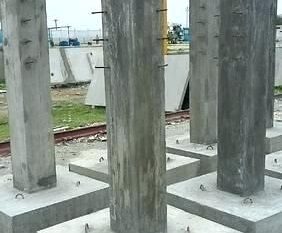
Comparative Overview
| Type | Material | Typical Use | Installation Method |
|---|---|---|---|
| Masonry Pier | Brick, stone | Residential/low-rise | Built in place |
| Concrete Pier | Reinforced concrete | Versatile | Cast-in-situ/precast |
| Drilled Caisson | Concrete | High-load structures | Drilled and poured |
| Timber Pier | Treated wood | Temporary structures | Driven or placed |
| Steel Pier | Steel pipes | Industrial/heavy use | Driven or drilled |
| Composite Pier | Steel + concrete | Complex soil/load | Combined methods |
Benefits of Pier Foundations
- Ideal for Weak Soils: Efficiently transfers loads to more stable strata.
- Minimal Ground Disruption: Preserves existing landscape and limits excavation.
- Adaptability: Performs well in sloped or difficult terrain.
- Cost-Effective (in context): Offers savings in specific geotechnical conditions.
Challenges of Pier Foundations
- Specialized Labor and Tools: Requires trained crews and advanced machinery.
- Potential for Settlement: Improper design or execution may lead to uneven settling.
- Time-Intensive: Especially for large or deep installations.
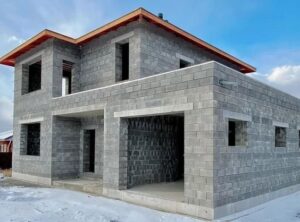
Applications of Pier Foundations
- Residential Construction: Useful in flood zones or sloped lands where traditional foundations are ineffective.
- Infrastructure Projects: Bridges and water-crossings often use drilled caissons anchored in bedrock.
- Industrial Use: Supports heavy equipment and absorbs vibrations from machinery.
- Commercial Development: Efficient in urban sites with limited space and excavation challenges.
- Retrofits and Upgrades: Helpful in underpinning aging structures or enhancing load capacity.
Installation Process
Geotechnical Investigation: Site-specific soil testing (SPT, CPT, boreholes) to determine bearing capacity and stability.
- Design and Planning: Determine depth, diameter, materials, and reinforcement needs.
- Drilling and Excavation: Use of augers or rotary drills depending on soil and pier type.
- Placement of Reinforcement: Steel cages lowered into drilled holes.
- Pouring Concrete or Setting Precast Units: Concrete poured using tremie methods or placement of prefabricated elements.
- Curing and Quality Checks: Curing techniques applied, followed by strength testing and inspections.
- Superstructure Connection: Installation of caps or plates for proper load transfer and alignment.
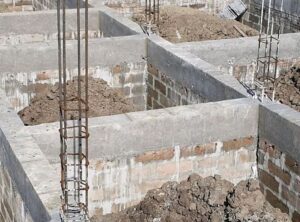
Materials Used in Pier Foundations
- Concrete: Structural mixes tailored to conditions and strength requirements.
- Reinforcing Steel: Provides tensile resistance.
- Steel Piles: Used in deep, heavy-duty installations.
- Timber: For lightweight and temporary structures.
- Composite Materials: Offer performance enhancements for demanding projects.
Frequently Asked Questions (FAQs)
1. When should a pier foundation be used?
In areas with poor surface soils, sloping terrain, high water tables, or where minimal excavation is desired.
2. How does a pier foundation differ from a pile foundation?
Piers are wider and shorter, often cast-in-place. Piles are narrower, longer, and typically driven deep.
3. What determines pier depth?
Geotechnical data on soil strength and bearing capacity guides the required depth.
4. What are common issues in pier foundation construction?
Inadequate site investigation and poor construction practices can lead to settlement or structural instability.
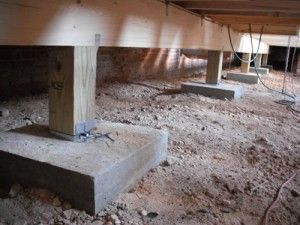
Conclusion
Pier foundations offer a versatile, reliable solution for challenging construction environments. Their deep load transfer capacity and minimal impact on surrounding landscapes make them ideal for diverse applications, from rural homes to commercial skyscrapers. Proper geotechnical evaluation, professional installation, and quality control are key to unlocking their full potential.

